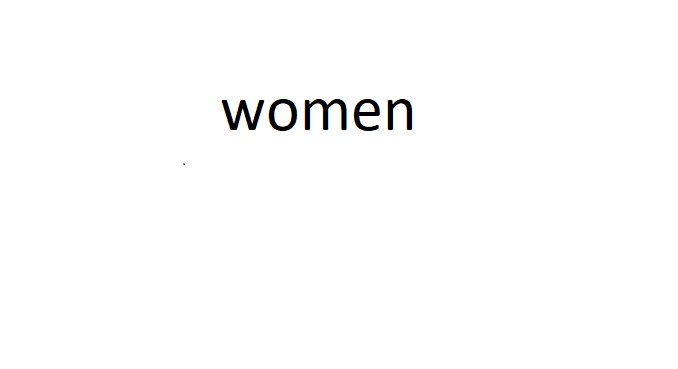
A professor of anatomy from Australia is pushing the world health community to rename body parts that she finds , “irrelevant and misogynistic.”
Some of the common body parts that Dr. Kristin Small argues need a new name include the Adam’s apple and the Achilles tendon, which are named after men despite being present in both the bodies of men and women.
Because these body parts are not gender- or -specific, Dr. Small wants their names updated to reflect all people and not just the male half of the population. The professor hopes that through her initiative, she will be able to transform the anatomical language used across the globe, starting in societies like Australia and the United States.
Dr. Kristin Small doesn’t just teach anatomy classes. She is also a specialist obstetrician from Queensland. As a female medical professional, she has an awareness of the terms floating around the medical community and believes it is time for an update. That’s why she is leading the charge by using her authority as a professor to teach her students something a bit different. Instead of using the names of “men, kings, and (male) gods” to describe human body parts, she thinks there are more anatomically correct solutions that can relate to every person on the globe.
“I think we have a personal choice to decolonize our language, and these historical terms will fade out,” Dr. Small told the Courier-Mail.
During her exams, Dr. Small requires her students to use the current names but educates her students about how they are viable alternatives to the “dead man’s name” that is currently in usage. She spends some of her time outside of the classroom fighting to change these anatomical terms for the benefit of all.
Councilmember, Dr. Nisha Khot, of the Royal Australian and New Zealand College of Obstetricians and Gynecologists, agrees with Dr. Small that these “dead man” eponyms will soon be obsolete.
“The young trainee doctors are mostly keen to learn the more relevant language and are often shocked when they hear the origins of some medical terms,” she said.
One common example of a misogynistic or term used in anatomy and the medical community is the “hysterectomy.” This term originates from the belief that women have a weaker constitution than their male counterparts and therefore suffered from emotional hysteria. Back in the day, doctors would remove a woman’s uterus to treat female hysteria, hence the procedure’s current name.
Dr. Khot is among the group of academics pioneering the name “uterectomy” instead. Not only is this term anatomically correct, but it also is not based on a view of a male’s superiority.
“The push for change may have started in the area of women’s health, but the conversation is now in the wider health community. It just makes sense for the medics but also for the patients to use more understandable terms,” Dr. Khot said.
Common names of body parts like the Adam’s apple or the Achilles tendon are named after historical men. The speculum, a gynecological instrument used to perform a pap smear, was named after an American slave trader.
Leave a Reply